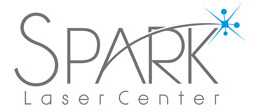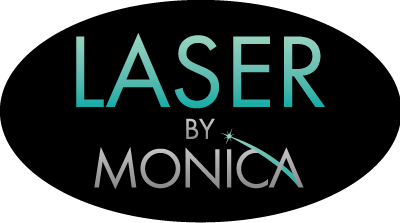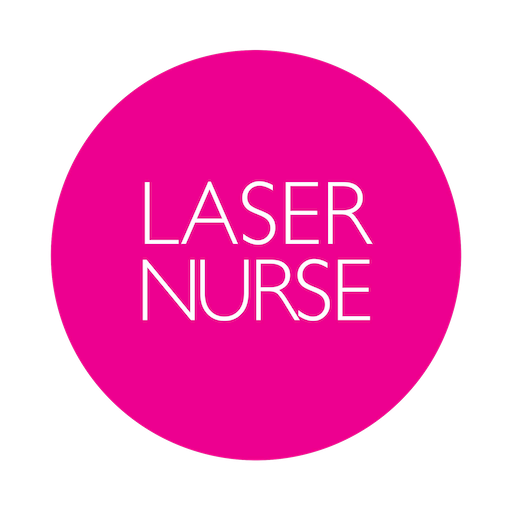Top Laser Hair Removal Services in New York City - 2025
List of the Top Laser Hair Removal Services in New York City
Wimgo takes pride in showing unbiased reviews on user satisfaction in our ratings and reports. We do not allow paid placements in any of our ratings, rankings, or reports.


Light Touch Laser Spa
Service Focus
Contact Light Touch Laser Spa


Dermatology And Laser Group
Service Focus
Contact Dermatology And Laser Group


Romeo Juliette Laser Hair Removal
Service Focus
Contact Romeo Juliette Laser Hair Removal
Frequently Asked Questions About Laser Hair Removal Services
While you can get the laser hair removal procedure just about anywhere, there are certain places you should avoid. For one, your eyebrows and areas around your eyes, temples, and upper cheeks cannot be lasered. You will have to wax or use a tweezer to get the hair out as using a laser could increase the risk of damaging your eye.
This means that you can get just about anywhere else on your body, so long as it is in a safe area. Areas such as your bikini line, upper and lower back, legs and armpits are all fair game.
The entire laser hair removal procedure typically depends on the actual area the procedure is on. Each individual hair follicle can be zapped in less than a second, which means an area as small as the underarms can take less than 5 minutes to complete, while larger surface areas like the legs might take 30 minutes.
Laser hair removal can work on just about every type of skin from extremely light skin to dark skin. The type of laser used for the procedure typically depends on skin type and colour. Generally, light skin is treated using a Diode or an Alexandrite laser, while dark skin is treated using an Nd: YAG laser.
Grey, ginger, or blond hair can be quite difficult to treat. Facilities that state their lasers are effective on every hair colour are most likely using IPL or Intense Pulsed Lights. IPL tends to emit a large range of light which means that it is not as effective as a laser. Targeting hairs using a broad spectrum is much harder, thereby increasing the risks of burns.
While it is not necessary to go to a doctor’s office to get the laser hair removal treatment, you do need to have a doctor present. It is best to search for a laser hair removal centre or a med-spa operated by a doctor with a degree in one of four important aesthetic specialties: ophthalmology, otolaryngology, plastic surgery, or dermatology. This is because these specialties require doctors to understand the different types of lasers. Given laser hair removal is simply about selecting the most appropriate laser for one’s skin, having a doctor examine you to determine the most appropriate laser for you is the best situation.
Laser hair removal has been designed to target your hair follicles using high heat laser beams. And while you might not be able to feel the heat, your skin might feel like it is being snapped with a rubber band. There is also said to be a slight bit of discomfort after the procedure, such as irritation and redness which is similar to what you would get with a mild sunburn. The procedure might feel slightly painful to a degree. The amount of pain you feel typically depends on the treatment area of the body. If your skin is more sensitive, then the laser hair removal procedure is likely to be painful.
In order to minimise pain, there might be numbing cream applied to your skin right before the procedure begins. Additionally, depending on your tolerance for pain and the body part, you might not require numbing cream at all.
Laser hair removal can hurt moderately on your legs compared to other parts of your body. This is down to the fact that the skin is thicker there compared to more sensitive areas like the bikini line or your face. Nevertheless, there are parts of the legs that can hurt more due to sensitivity like the inner thighs. Perhaps the most painful areas of the laser hair removal procedure are the underarms. This is most likely due to the fact that the skin is extremely thin in this area.
The average laser hair removal price is $430. Nevertheless, this price tends to depend on a couple of variables. For one, the amount of time and the treatment area size can help determine the cost of the procedure. Certain areas of the body are less expensive than others with the bikini area and chests having the lowest cost of $300, while the face and neck, lower legs, and back Have a high cost of $900.
Some people that undergo the process of laser hair removal might notice adverse effects resulting from the procedure. These effects are typically localised to the treatment area and they involve things such as inflammation of the skin and redness. There are also other health risks like contraindication of laser hair removal in particular areas of the body, eye injury.
Some skin irritation in the treatment area is to be expected after the procedure. This might include discomfort, pain, swelling, and redness. In most situations, this is typically resolved within 24 hours.
Other skin effects may include numbness, pain, blisters, bleeding, scarring, burns. Additionally, laser hair removal could have an impact on the skin pigmentation particularly in affected areas. The skin could become lighter or darker in colour. This effect is typically seen in persons with darker skin particularly when a less than suitable laser type has been used during the treatment. This is usually a temporary effect and it disappears if the treatment is discontinued.
Laser hair removal is not truly permanent. This is because the hair removal is done by heating the hair follicles which then make it stop any new hair from growing. The process involves heating the hair follicles up to the point where they sleep for a prolonged time period reducing the growth rate of hair. This process is much more effective than shaving or waxing because when the hair grows back, it is not as plentiful and is lighter and finer.

Manhattan Laser Centers
Service Focus
Contact Manhattan Laser Centers

Need A Little Help?
Talk with a vendor expert for free. Get a list of companies
that will be great for you in just 15 minutes.

Laser And Skin Surgery Center Of New York
Service Focus
Contact Laser And Skin Surgery Center Of New York

Infinity Laser Spa
Service Focus
Contact Infinity Laser Spa

Up Lift Spa
Service Focus
Contact Up Lift Spa

Manhattan Skin And Laser Medspa
Service Focus
Contact Manhattan Skin And Laser Medspa

Trifecta Med Spa NYC
Service Focus
Contact Trifecta Med Spa NYC

Beam Laser Spa
Service Focus
Contact Beam Laser Spa

Laser Away Hair Removal New York
Service Focus
Contact Laser Away Hair Removal New York

Bared Money Laser Hair Removal Services
Service Focus
Contact Bared Money Laser Hair Removal Services

Spark Laser Center
Service Focus
Contact Spark Laser Center

Laserworks
Service Focus
Contact Laserworks

Laser By Monica
Service Focus
Contact Laser By Monica

Step Up Skin Laser
Service Focus
Contact Step Up Skin Laser

Momo Laser Hair Removal
Service Focus
Contact Momo Laser Hair Removal

Dr. Avaliani, MD
Service Focus
Contact Dr. Avaliani, MD

Union Square Laser Dermatology
Service Focus
Contact Union Square Laser Dermatology

Glamoi Med Spa
Service Focus
Contact Glamoi Med Spa

Laser Nurse Laser Hair Removal
Service Focus
Contact Laser Nurse Laser Hair Removal
© 2022 Wimgo, Inc. | All rights reserved.